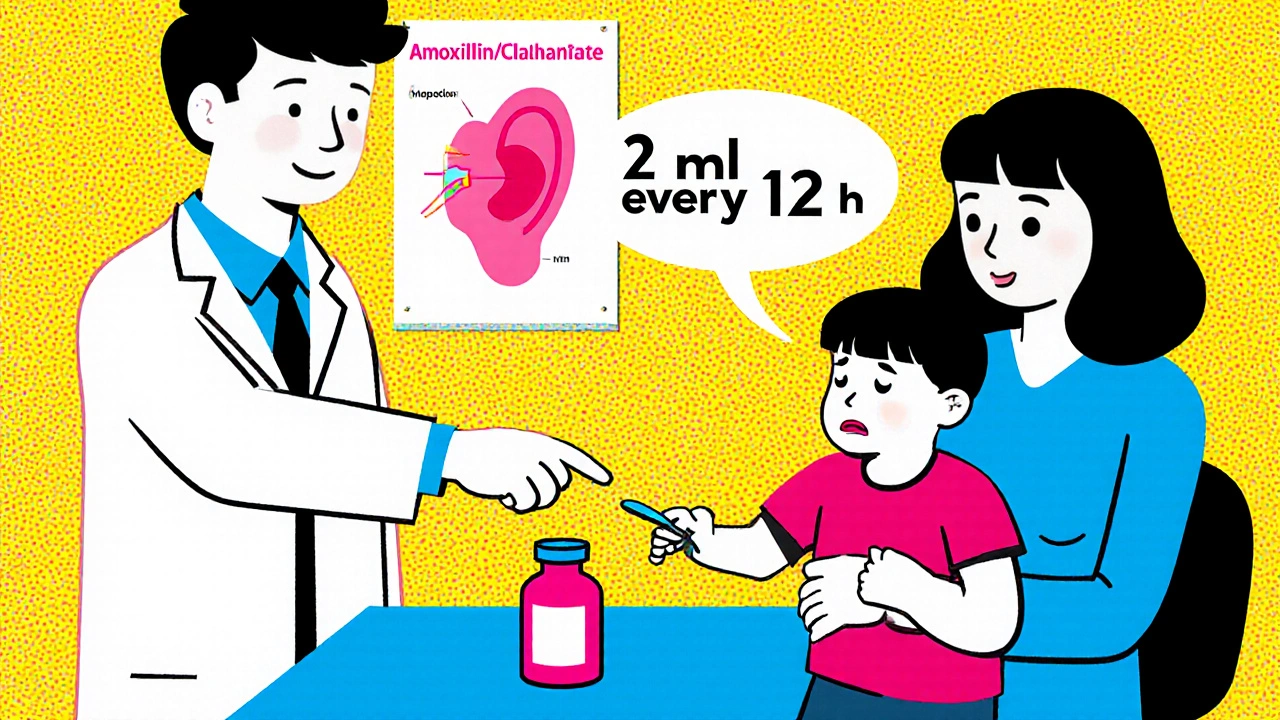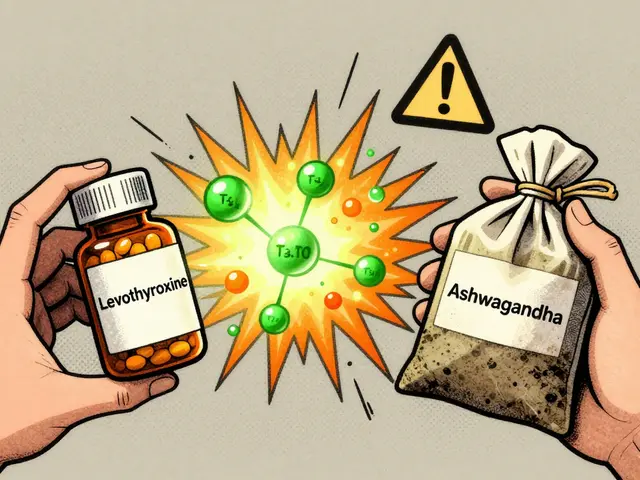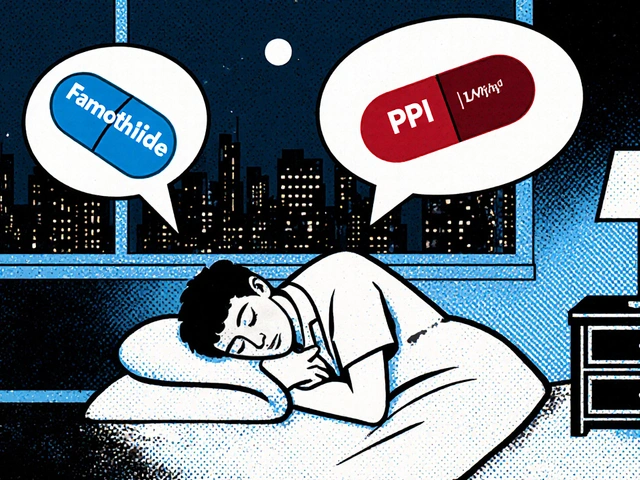Beta-Lactamase Inhibitor: What It Is and How It Boosts Antibiotics
When you take an antibiotic like amoxicillin and it doesn’t seem to work, the problem might not be the drug—it could be beta-lactamase inhibitor, a compound added to antibiotics to block bacteria’s defense enzymes. Also known as beta-lactamase blockers, these agents don’t kill bacteria on their own. Instead, they protect antibiotics from being destroyed by bacterial enzymes called beta-lactamases. Think of it like a bodyguard for your antibiotic. Without it, many common drugs like penicillin get neutralized before they can do their job.
That’s why you’ll find clavulanic acid, a common beta-lactamase inhibitor used in combination with amoxicillin in drugs like Augmentin. The same goes for sulbactam, paired with ampicillin, and tazobactam, combined with piperacillin. These combinations are standard for treating stubborn infections—like sinusitis, urinary tract infections, or skin abscesses—where bacteria have learned to fight back. Without these inhibitors, many of these infections would be harder, slower, or even impossible to treat with first-line drugs.
Bacteria don’t just resist antibiotics—they evolve to break them down. Beta-lactamase enzymes are their go-to tool for this. The inhibitors shut those enzymes down, letting the antibiotic slip through and kill the bacteria. This isn’t just theory—it’s daily practice in hospitals and clinics. And it’s why your doctor might choose Augmentin over plain amoxicillin when an infection isn’t improving.
What you’ll find in the articles below are real-world comparisons and insights. You’ll see how beta-lactamase inhibitors stack up against other antibiotic strategies, why some people react to them differently, and how they fit into broader treatment plans for infections that won’t quit. Whether you’re dealing with a recurring infection, wondering why your prescription changed, or just trying to understand how antibiotics really work, these posts break it down without the jargon.










